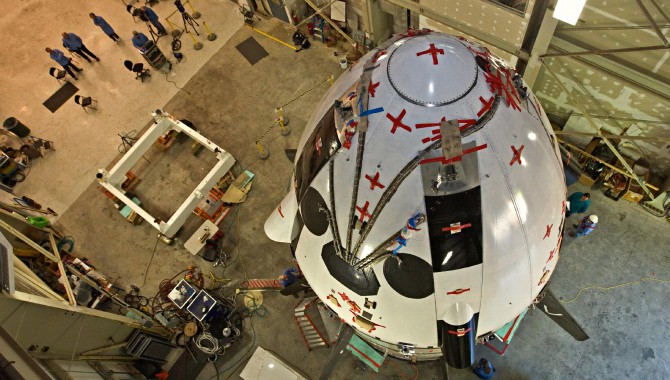
By Dawn Schaible In 2007, the Exploration Systems Mission Directorate asked the NASA Engineering and Safety Center (NESC) to design, develop, build, and test an alternate launch abort system for the new Orion crew module.

By Dawn Schaible In 2007, the Exploration Systems Mission Directorate asked the NASA Engineering and Safety Center (NESC) to design, develop, build, and test an alternate launch abort system for the new Orion crew module.
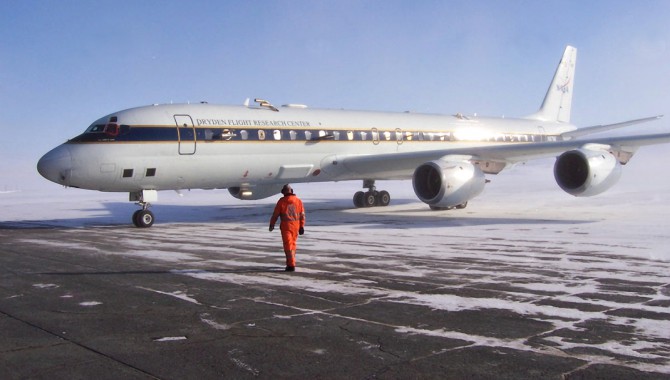
By Kerry Ellis The Airborne Science Program within NASA’s Science Mission Directorate has helped take Earth science to suborbital heights.
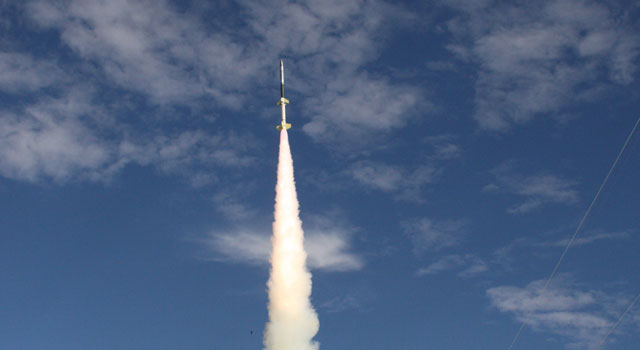
In November 2006, then-NASA Chief Engineer Chris Scolese brought together an advisory group of aerospace veterans to think about creative ways of giving young NASA employees the skills they will need to lead future projects and programs.

By Jim Hodges It began with $2,000 and a cable hanging from an I beam in “The Hangar” at NASA’s Langley Research Center in Hampton, Virginia.
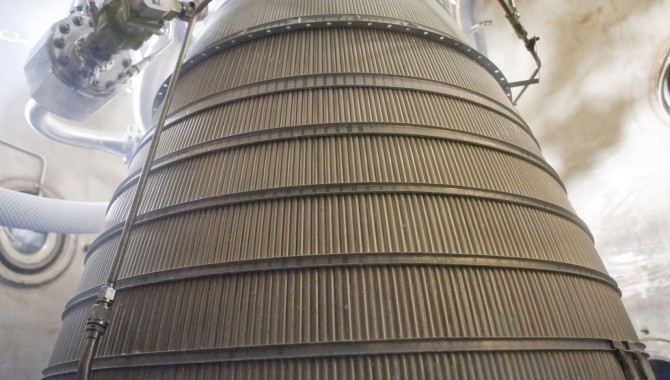
By John F. Connolly A typical NASA project begins with a set of requirements that describe all the functions and performance a spacecraft must possess.

By Steve Glover NASA’s Space Shuttle is one of the most complex systems ever designed, manufactured, and operated. The shuttle program is organizationally complex, too.
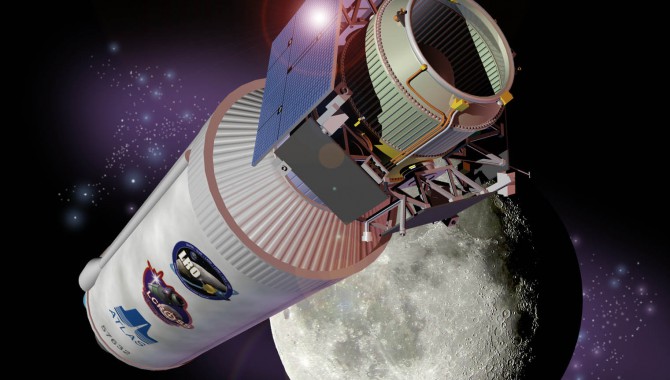
NASA in the News NASA’s Lunar Crater Observation and Sensing Satellite, or LCROSS, created twin impacts on the moon’s surface in a search for water ice.
By Laurence Prusak If you have traveled in France or Italy recently, you have probably become aware of the “slow food” phenomenon.
By Ed Hoffman The traditional tools of project management do not help leaders with one of their most critical jobs: defining reality.